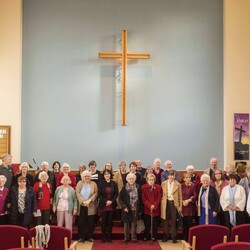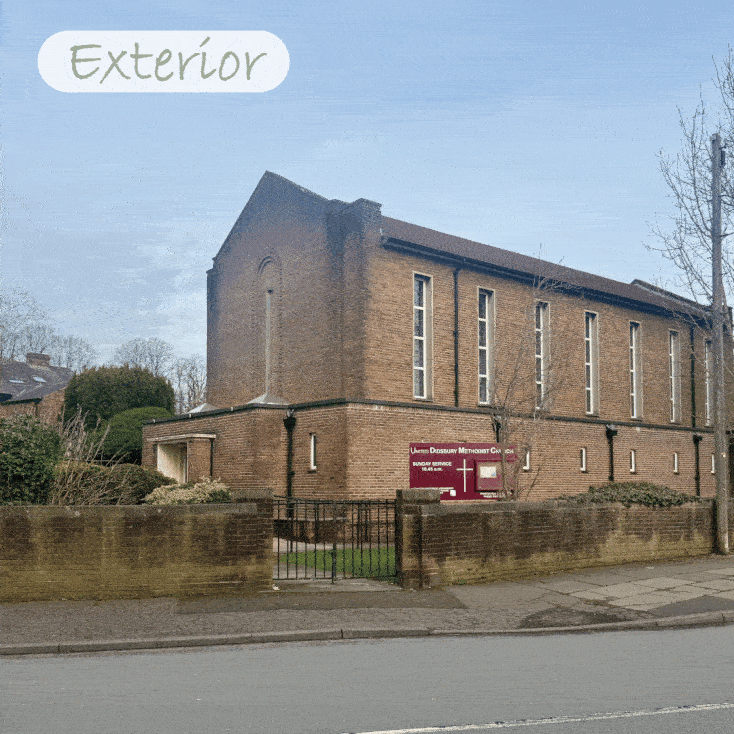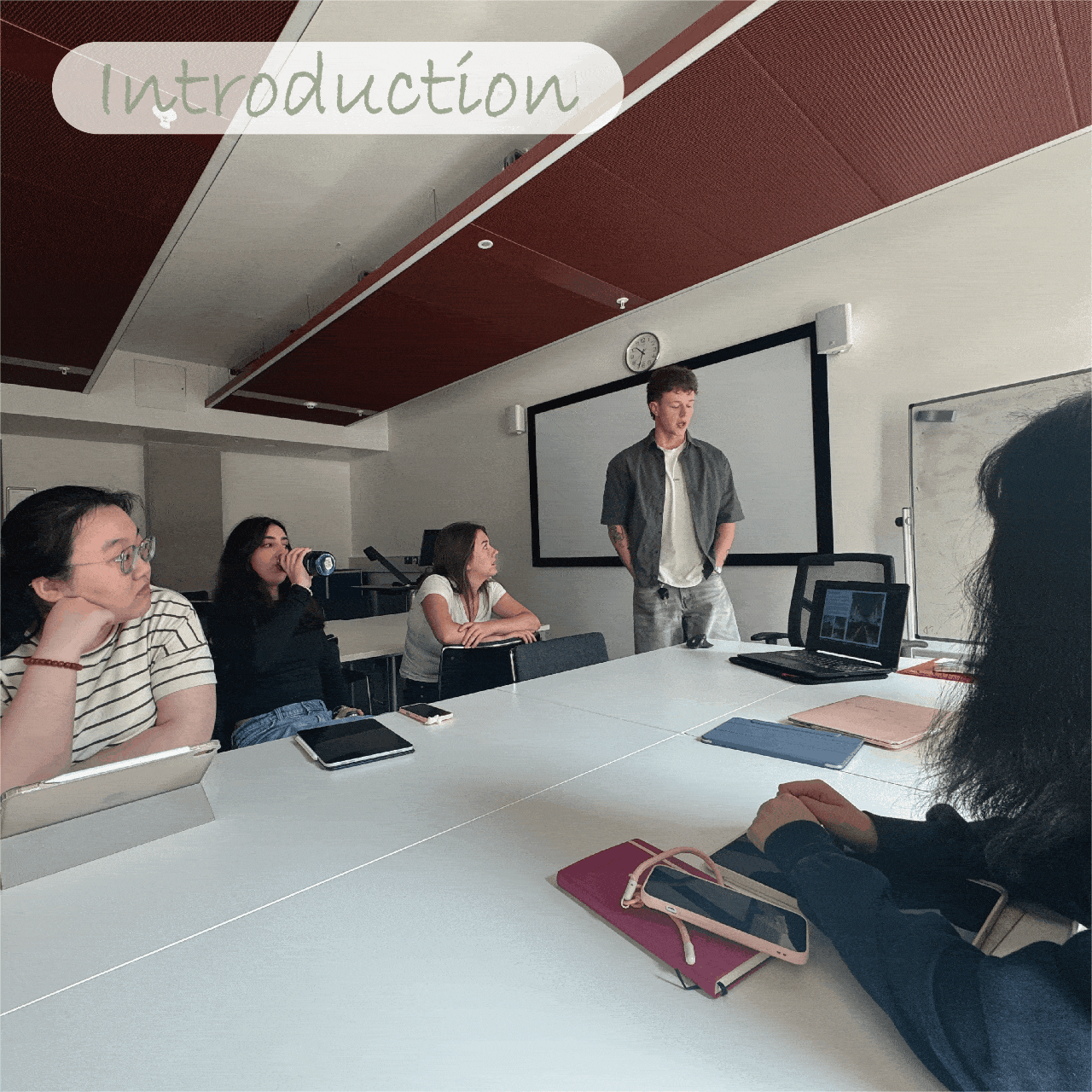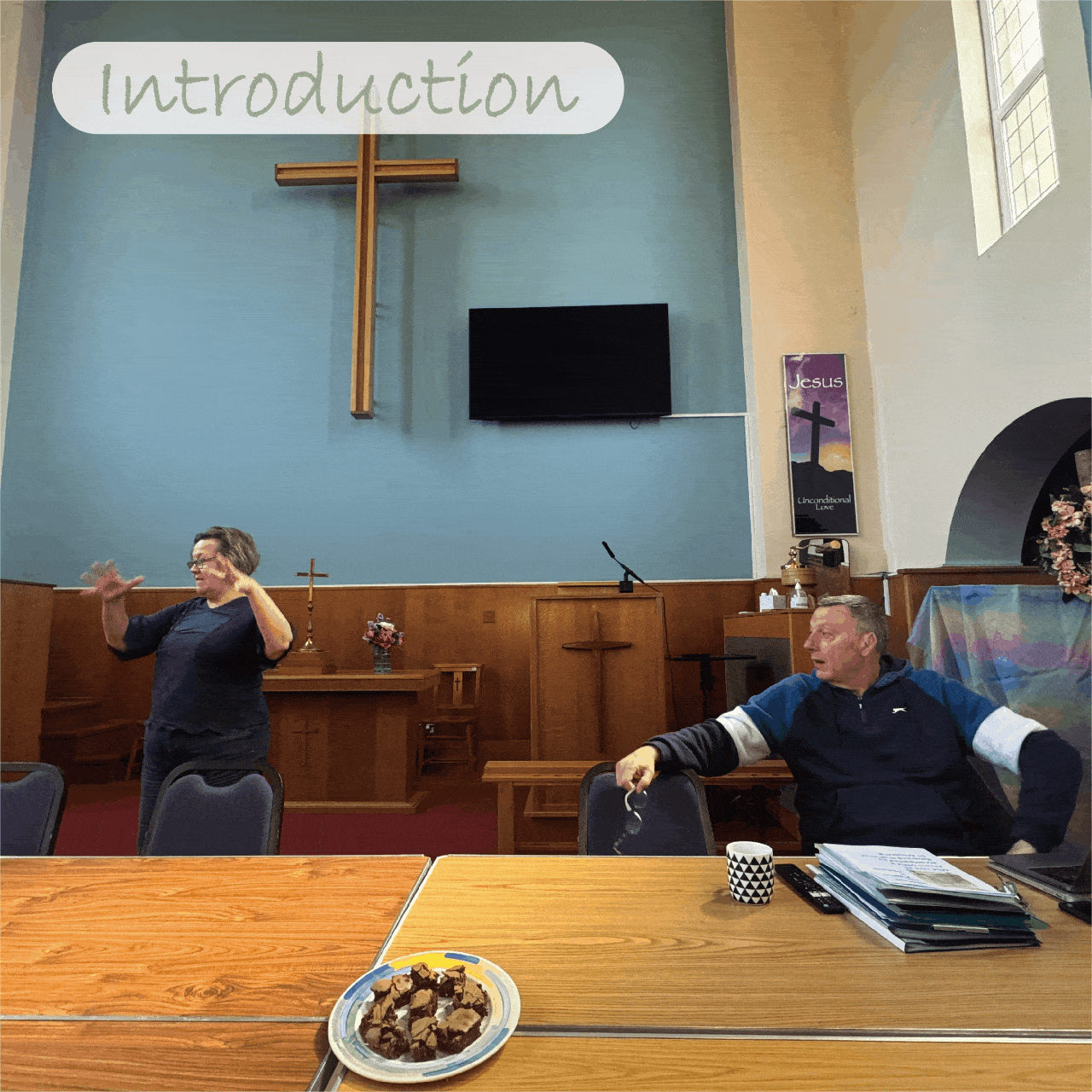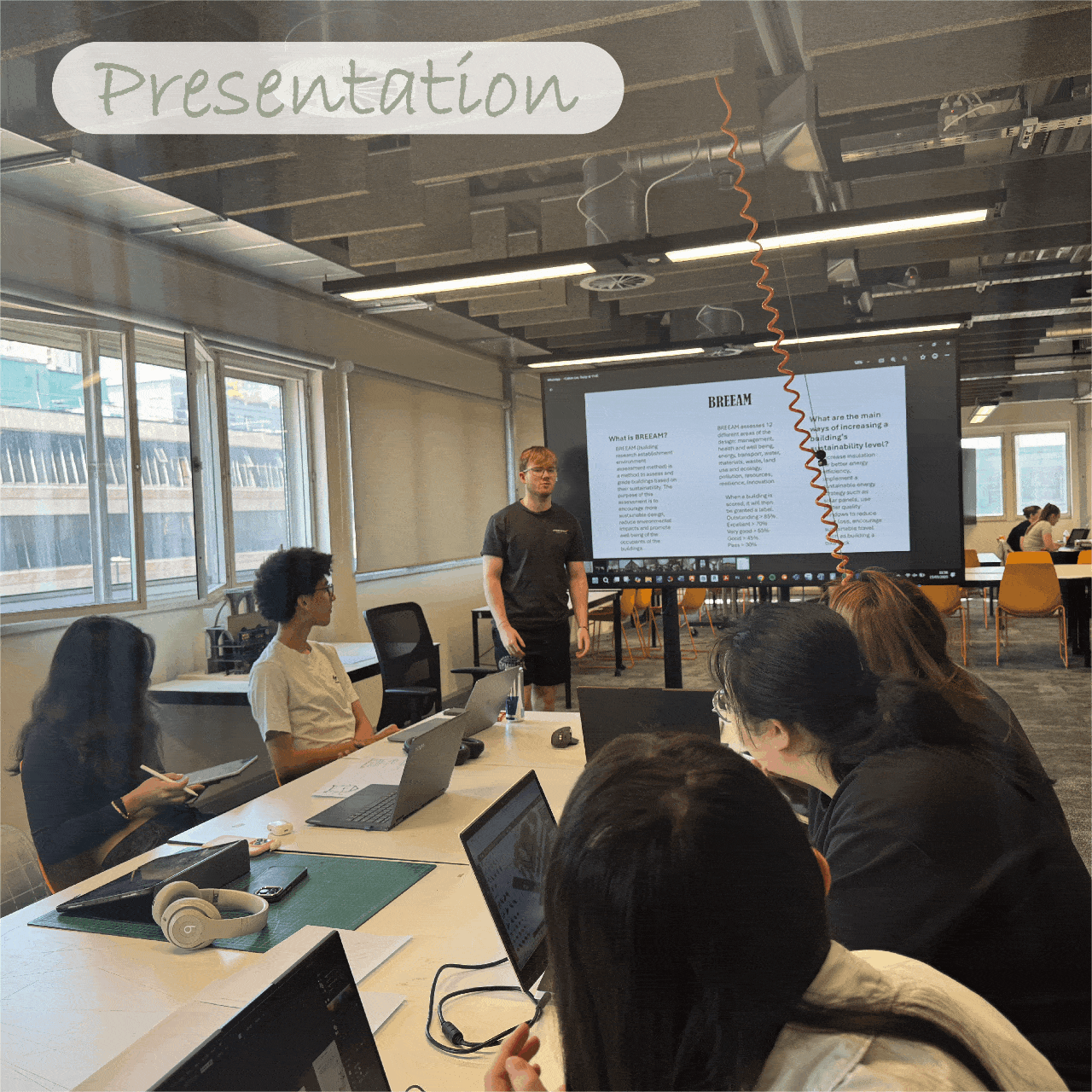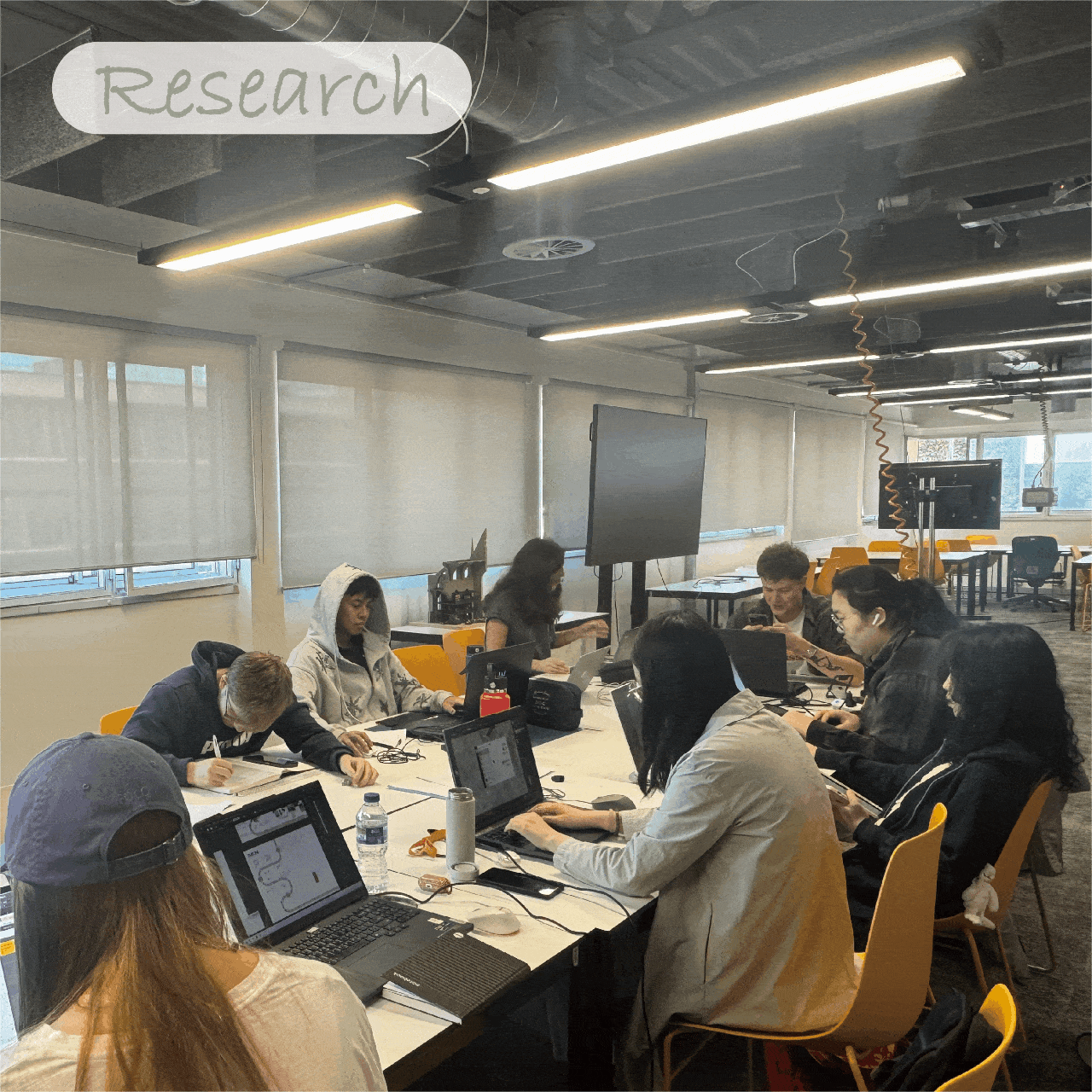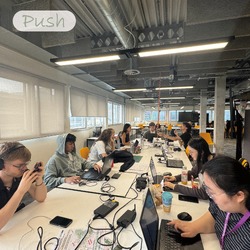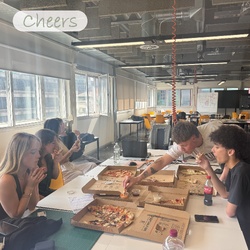Name: Ruizi Zhang
Hometown: Shandong, China
Course: Master of Architecture
Atelier: Non-standard habitat
Before joining MSA, I completed a five-year undergraduate degree in
Hometown: Shandong, China
Course: Master of Architecture
Atelier: Non-standard habitat
Before joining MSA, I completed a five-year undergraduate degree in
Posted 9 Mar 2025 16:39



